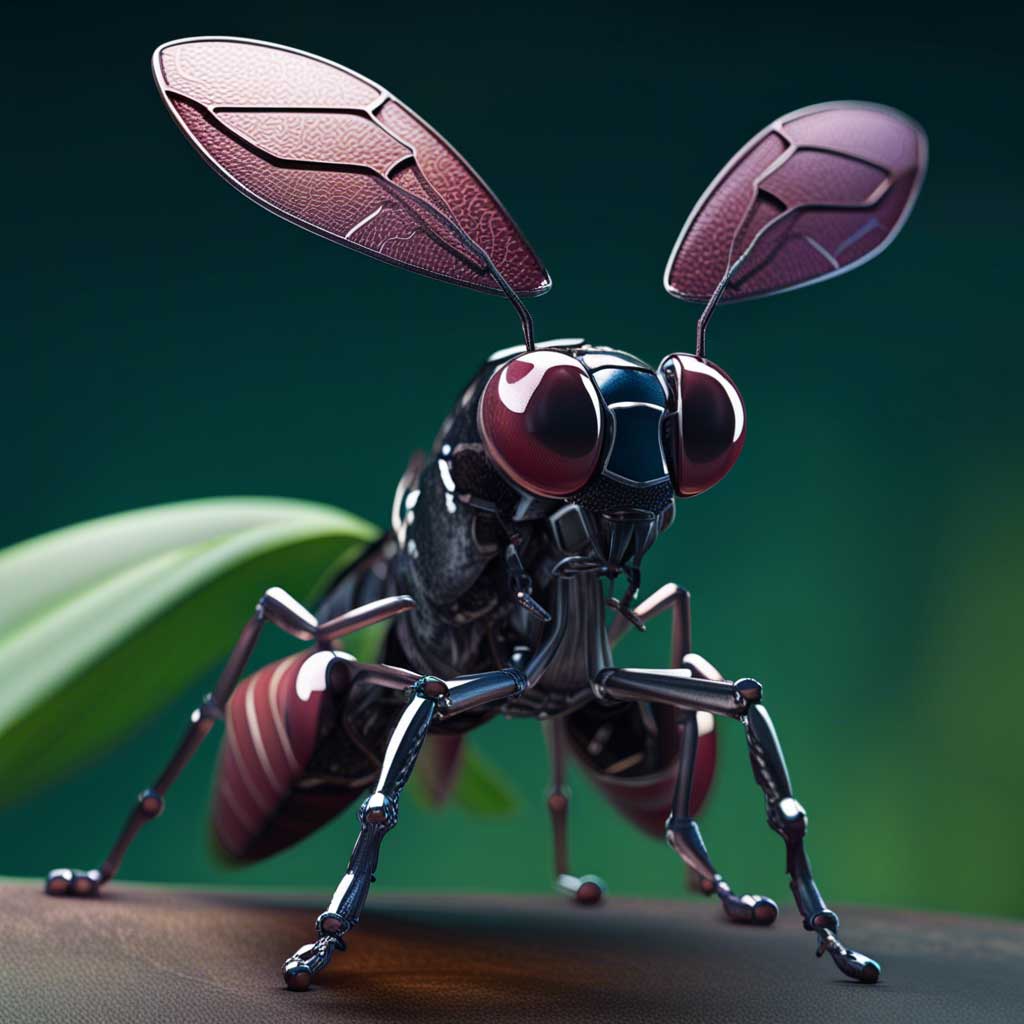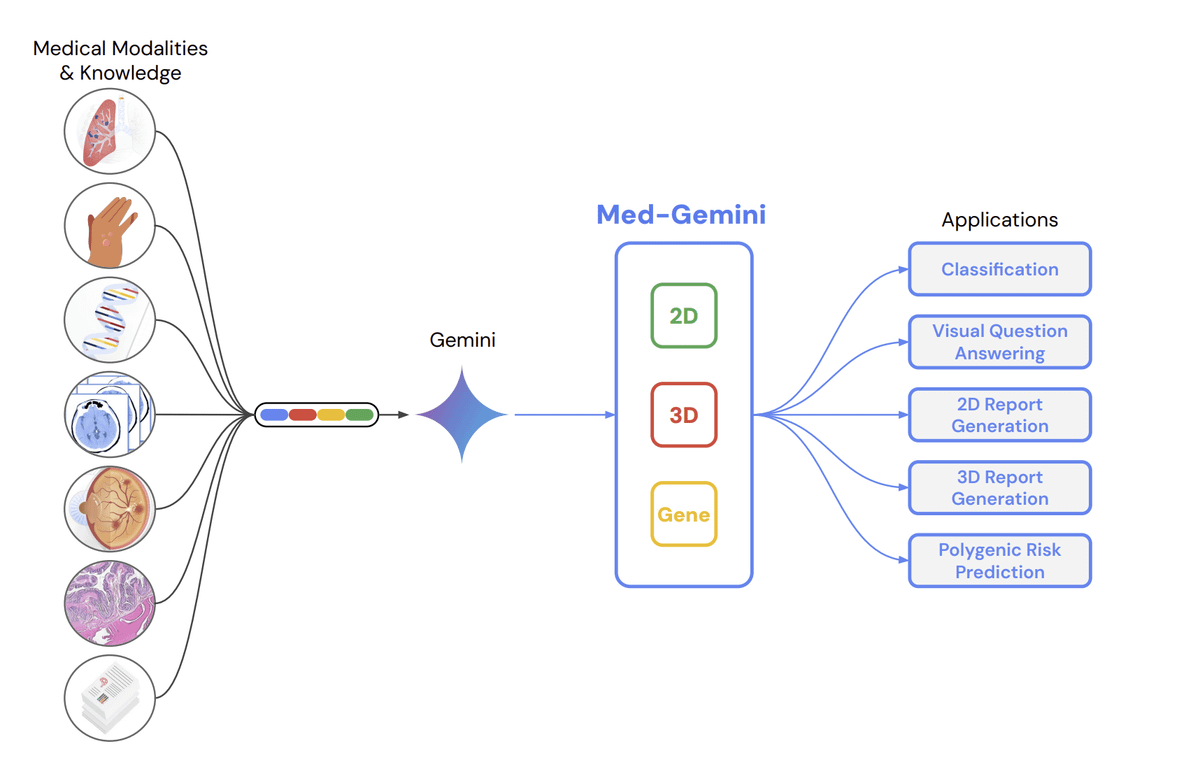Nature has always served as a blueprint for innovation, and the latest example comes from Washington State University (WSU). Researchers there have developed two insect-inspired robots – a “mini-bug” and a “water strider” – that set new records for being the smallest, lightest, and fastest fully functional micro-robots ever created.
These miniature marvels weigh mere milligrams: the mini-bug a featherweight 8 milligrams, and the water strider a still-impressive 55 milligrams, comparable to a few grains of rice. Despite their miniature size, they pack a surprising punch in terms of mobility, achieving speeds of 6 millimeters per second – impressive agility for their scale.
The secret to their movement lies in a novel technology called shape memory alloy (SMA) actuators. These innovative components mimic muscle contractions, allowing for efficient movement with minimal power requirements. This is crucial for micro-robots, where battery life and weight are major constraints.
“The SMA system requires a lot less sophisticated systems to power them,” explains Conor Trygstad, PhD student and lead author on the research. “This makes them very attractive for applications where size and weight are critical.”
These insect-inspired robots hold immense potential across various fields. Imagine tiny search and rescue bots navigating disaster zones, miniature environmental monitors exploring delicate ecosystems, or even microrobots assisting in delicate medical procedures. The possibilities are as vast as the insect kingdom itself.
The research, published in the proceedings of the IEEE Robotics and Automation Society’s International Conference on Intelligent Robots and Systems, marks a significant leap forward in micro-robotics. It demonstrates the power of biomimicry, and paves the way for a future where tiny robots, inspired by nature’s wonders, can tackle challenges previously unimaginable.
This is just the beginning for these miniaturized marvels. As researchers refine their design and capabilities, we can expect even smaller, faster, and more versatile insect-inspired robots to emerge, blurring the lines between science fiction and reality, and ushering in a new era of micro-robotic innovation.






Leave A Comment